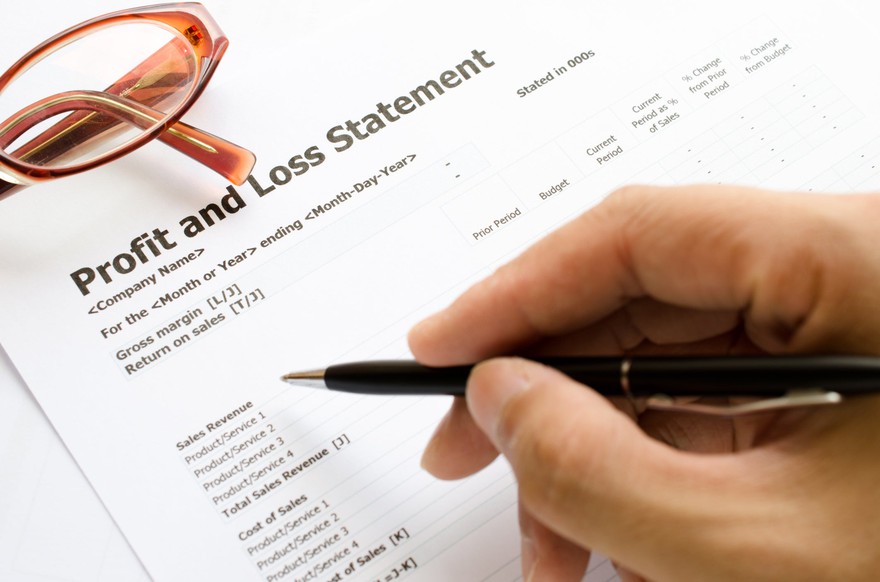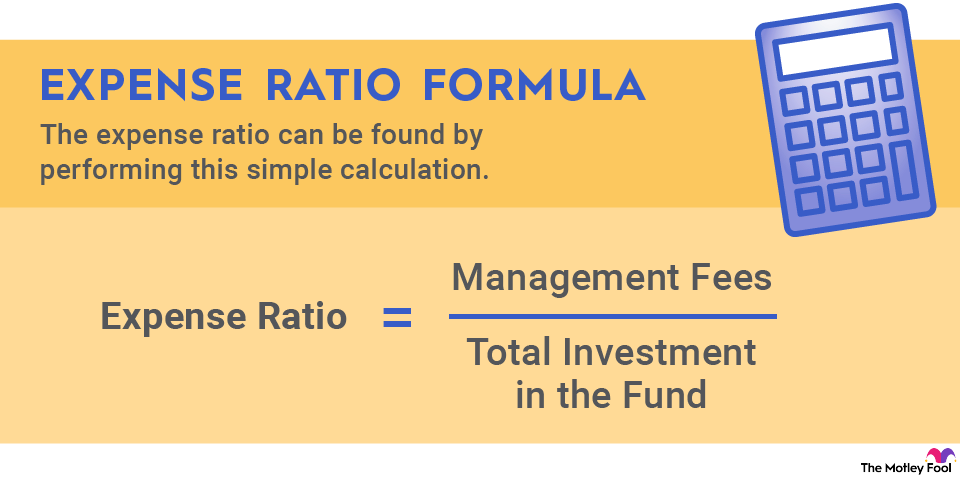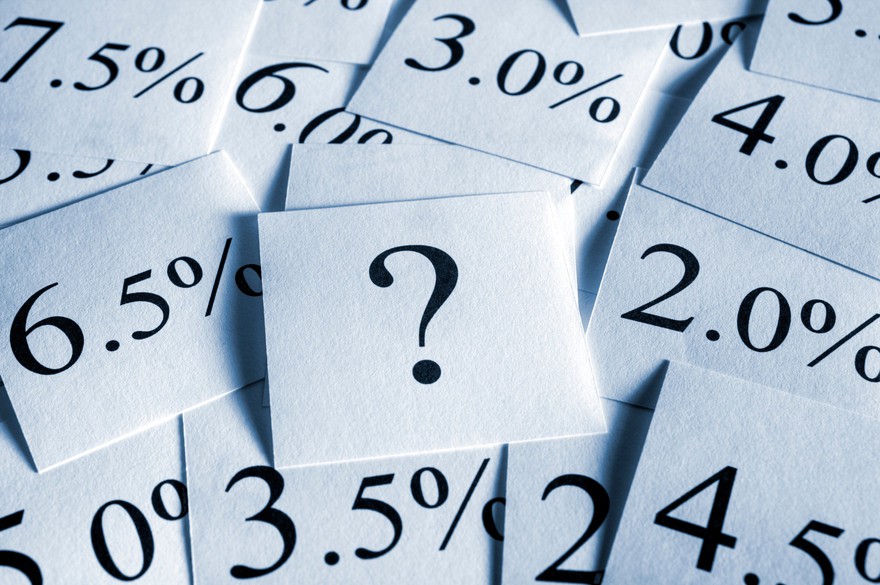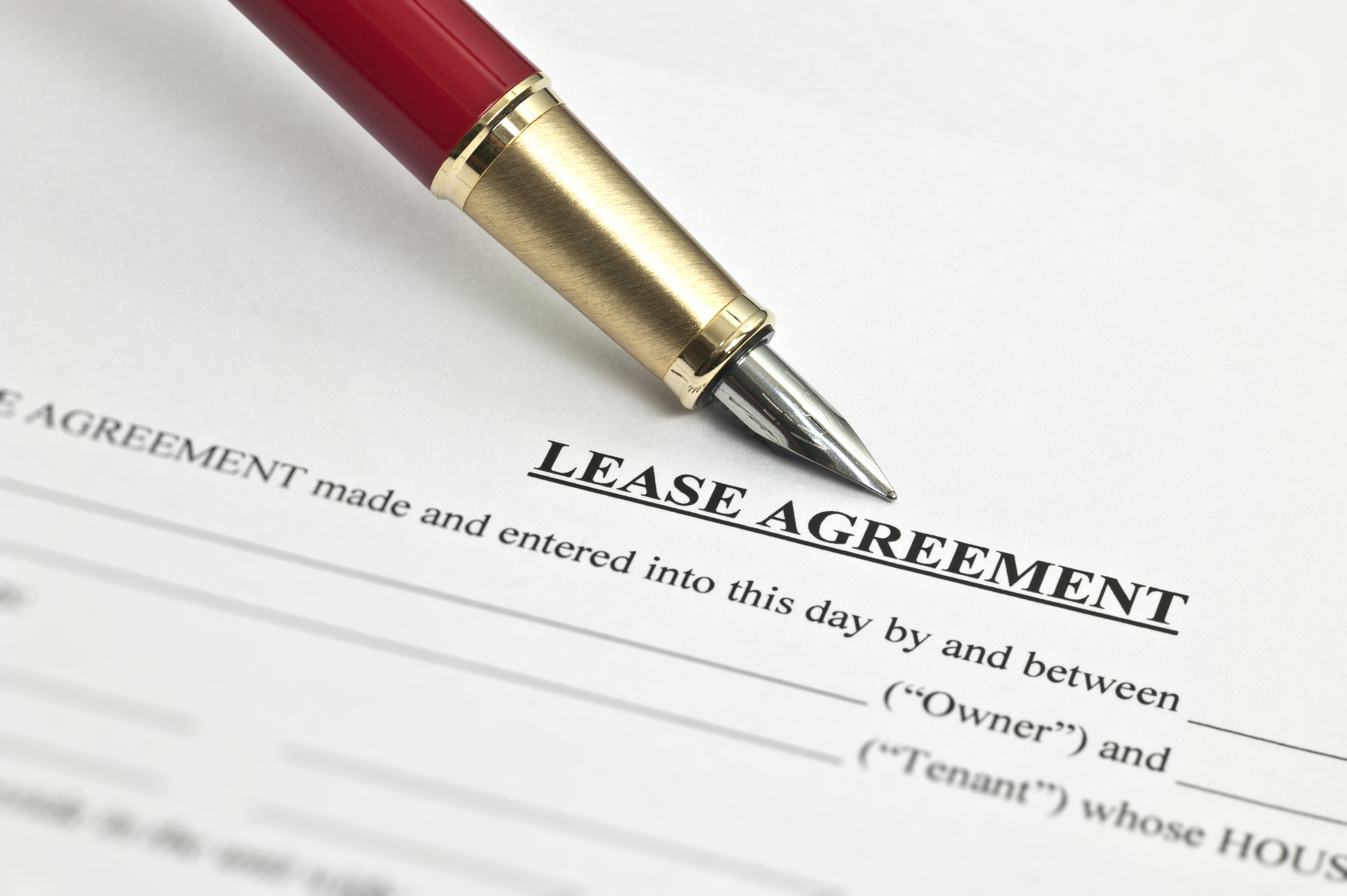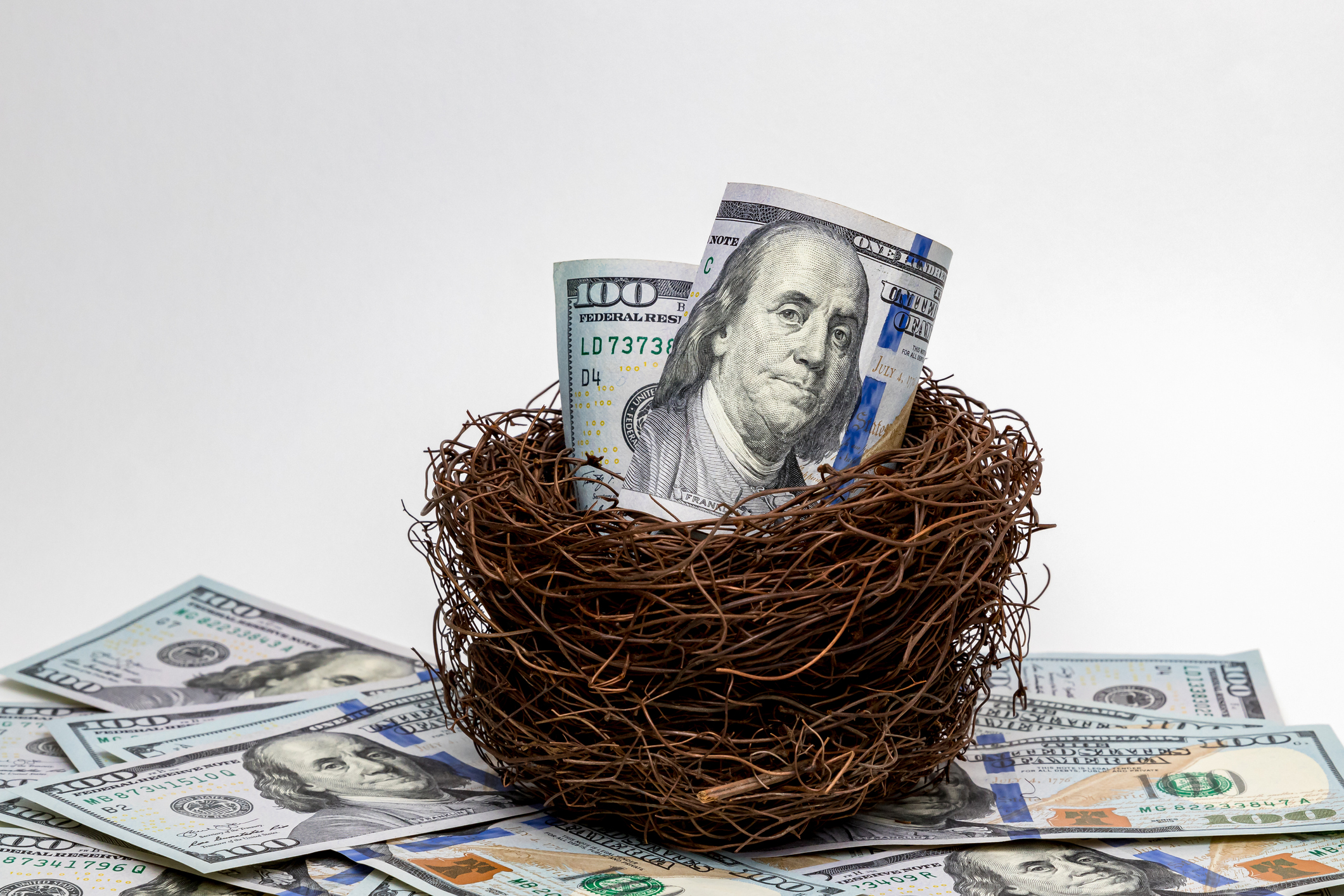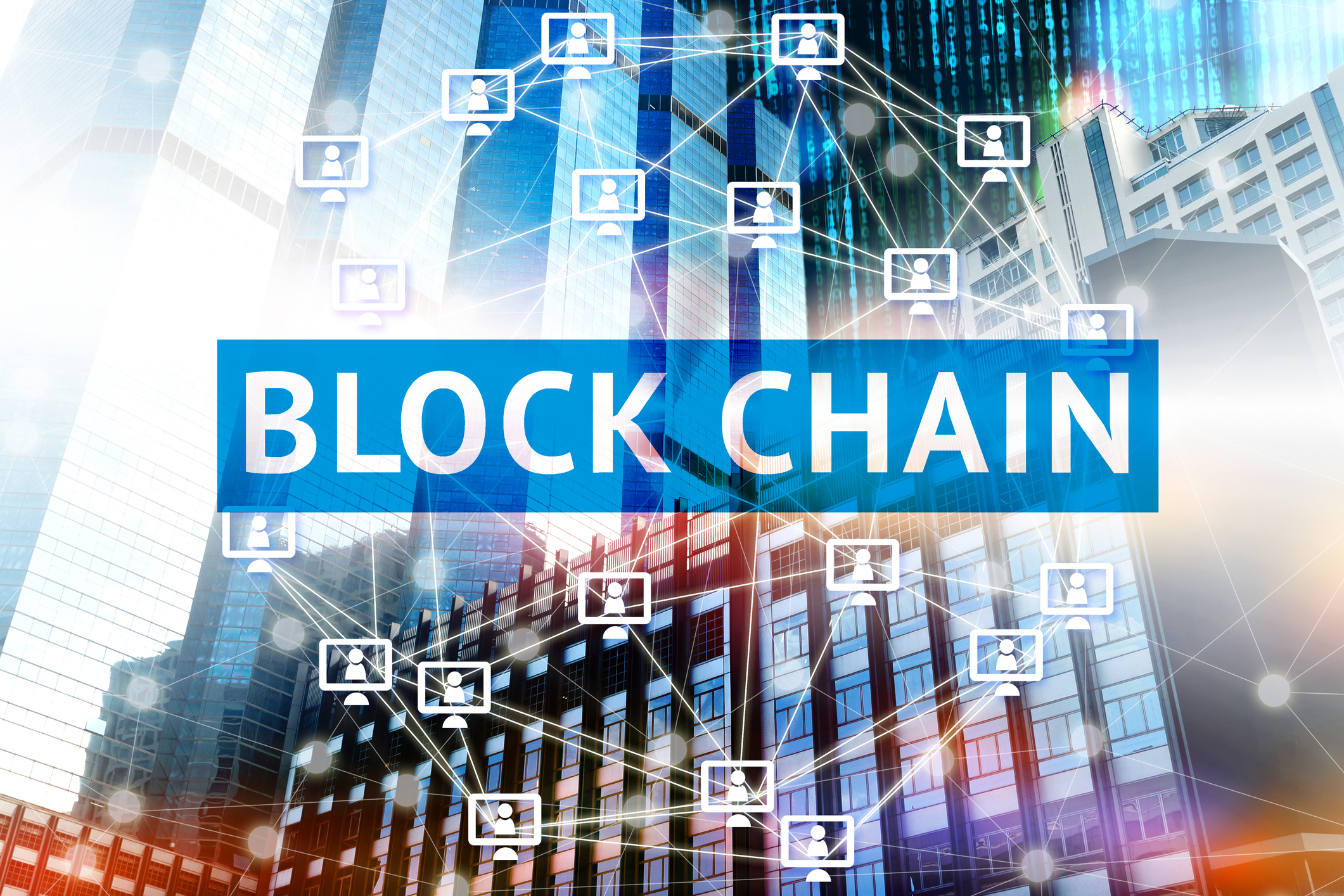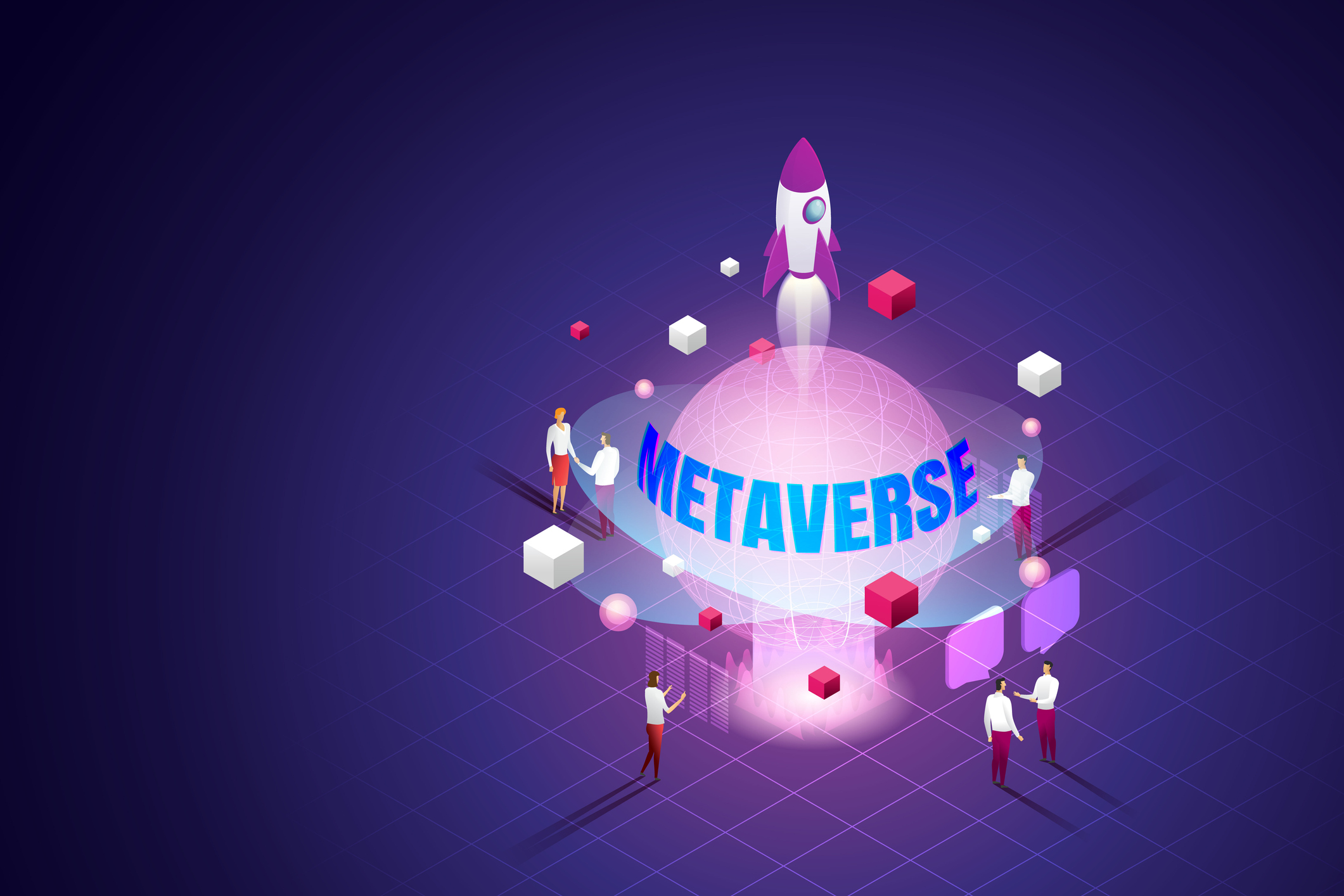Are NINJA loans -- no income, no job, no assets -- making a comeback? The poorly documented loans were considered a key factor in the 2007-09 financial crisis that led to a near-meltdown of the U.S. housing market. Although federal lawmakers have reduced the odds of NINJA loans cratering the market again, some variations still exist. Here, we'll look at the history of the loans, changes in policies since the financial crisis, and some alternatives to NINJA loans.

What is a NINJA loan?
As an investor, would you loan hundreds of thousands of dollars to someone you didn't know, who couldn't prove they were employed, and who didn't feel like showing you any assets they could pledge as collateral?
Of course not.
Yet in the early 2000s, mortgage brokers made countless NINJA -- no income, no job, no assets -- loans to homebuyers who were unable to repay them. Many NINJA loans, which mostly were considered subprime loans, eventually went into default and were a major contributor to the Great Recession, the worst economic downturn in almost 80 years.
It's easy to forget that fewer than 20 years ago, taking out a mortgage didn't necessarily have to involve a stack of paperwork that included personal tax returns, months of bank statements, and years of W-2 income reports. Instead, potential homebuyers could obtain mortgages if they met a certain credit score threshold, agreed to initial terms that usually looked attractive, and essentially promised the lender that they could repay the loan.
NINJA lenders generally offered adjustable-rate mortgages (ARMs) that appeared to offer extremely attractive interest rates for a short period, usually two to three years. After the teaser rate expired, however, interest rates would shoot up, depending on the creditworthiness of the buyer.
Given that many NINJA borrowers signed up for "pick-a-pay" options that let them pay only mortgage interest, a custom minimum payment that didn't even cover interest, or nothing at all until a balloon payment was due,it shouldn't have come as a surprise that the housing market collapsed.
Interest Rate
At the time, everyone was incentivized to make poor decisions. Interest rates fell, allowing families to buy roughly 25% more house in 2004 than they could buy in 2000 with the same monthly payment. People who couldn't afford mortgage payments became homeowners, traditionally the safest path to wealth in the United States.
Lenders collected substantial fees from the NINJA loans, and investment banks collected commissions by packaging the deals into mortgage-backed securities. Short-sighted investors bought the securities, thinking that the value of housing would only continue to rise.
The party eventually stopped. An estimated 6 million households lost their homes to foreclosure during the Great Recession. Alarmed, Congress passed legislation that all but eliminated NINJA loans by requiring lenders to verify that borrowers could pay their mortgages.
NINJA loopholes
The no-income, no-job, no-asset loans essentially became extinct over the next decade -- at least for residential mortgages. New regulations, however, left a loophole for real estate investors by exempting them from the "ability-to-repay" rules. Instead, people taking out mortgages for investment properties don't have to prove they have enough income to pay the mortgage; they simply have to prove that the property will generate enough monthly income to cover the mortgage.
Despite the loophole, real estate investors who go with what's known as a no-income, no-asset (NINA) loan are likely to face other obstacles in securing financing. Higher credit scores, such as a minimum 700 FICO score, can be required. A 20% to 30% down payment is fairly standard for a NINA loan. Finally, interest rates -- already the source of considerable pain for millions of would-be American homebuyers -- are likely to be higher than rates for a mortgage on a primary residence.
Related investing topics
Alternatives to NINJA loans
Although they're not likely to help homebuyers who are purchasing a home, at least three federal programs offer refinancing options that require little or no income or asset documentation:
- Federal Housing Administration (FHA): If your loan is insured by the FHA, you may be able to refinance it at a lower rate without having to verify your income.
- Veterans Administration (VA): Military borrowers whose loans have been guaranteed by the VA and who have made on-time payments can take advantage of the VA's interest rate reduction refinance loan (IRRRL) program, which requires no income or asset documentation.
- U.S. Department of Agriculture (USDA): Rural homeowners with USDA loans can streamline loan refinancing without a credit review or income verification.

